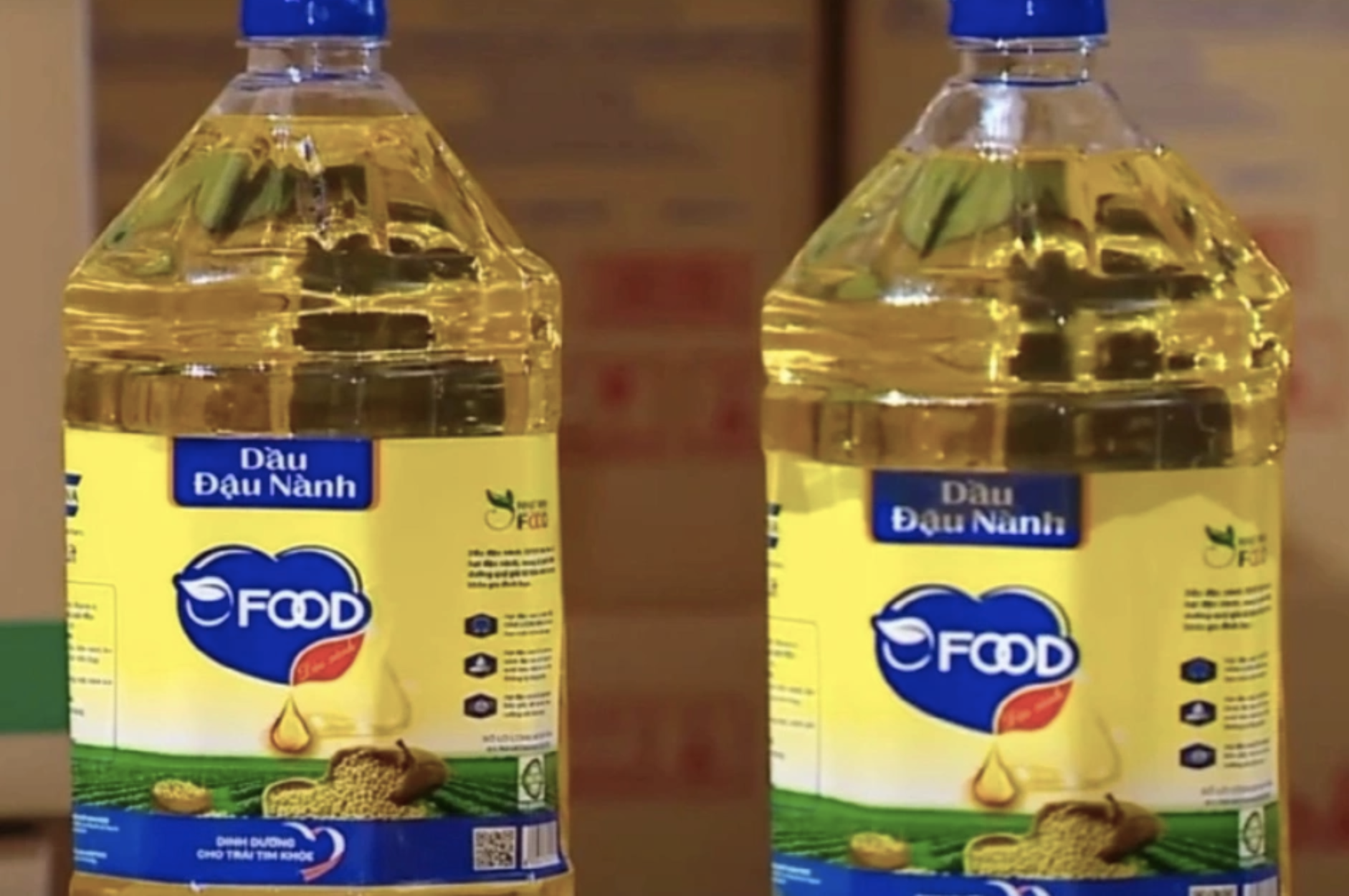This article features expert advice from Dr. Bui Hoang Bich Uyen, Department of Nutrition, Xuyen A General Hospital, Ho Chi Minh City.
What is animal feed oil?
Animal feed oil refers to vegetable oils added to animal feed. These oils are typically crude, freshly pressed, unrefined, or partially refined. Consequently, they do not meet human consumption standards for food safety, quality, or nutritional content.
How does animal feed oil differ from cooking oil for human consumption?
Animal feed oil and human cooking oil have distinct differences in quality, safety standards, and intended use. This stems from the different biological mechanisms and tolerances of humans and animals.
Human cooking oil must be derived from clean, mold-free, and toxin-free seeds or fruits. In contrast, animal feed oil often uses substandard seeds or byproducts from the production of human cooking oil.
Furthermore, cooking oil for humans undergoes multiple refining steps: deodorization, decolorization, removal of free fatty acids and toxins. It boasts high purity, strict safety standards, and very low or non-existent levels of heavy metals and pesticide residues.
Animal feed oil may only undergo minimal processing or no refining at all, as long as it meets animal feed standards. Its safety standards are less stringent, and higher levels of heavy metals and pesticide residues are permissible if they do not harm the animals.
Additionally, cooking oil for humans must be free of pathogenic microorganisms (such as E. coli and Salmonella), and may be fortified with vitamins A, D, and E. Conversely, animal feed oil has a higher risk of microbial contamination and does not require vitamin fortification, only energy provision.
 |
Animal feed oil turned into food for human consumption. Photo: VTV |
The dangers of using animal feed oil in food preparation
Using animal feed oil to prepare food for human consumption is extremely dangerous and poses serious health risks. Here are the main dangers:
Cancer:
Harmful compounds like aflatoxin, acrylamide, and polycyclic aromatic hydrocarbons (PAHs) can form in low-quality or repeatedly reused oil. These compounds can cause cell mutations and increase the risk of cancers, such as liver, colon, breast, and prostate cancer.
Liver and kidney failure:
Impurities like heavy metals and heat-generated toxins such as acrolein and aldehydes can be present in these oils. Heavy metals like lead, cadmium, and mercury can accumulate in the body, damaging organs such as the kidneys, liver, nervous system, and bones.
Cardiovascular disease:
Low-quality oil can contain high levels of unhealthy fats and oxidizing compounds, increasing bad cholesterol (LDL) and decreasing good cholesterol (HDL). This leads to a higher risk of cardiovascular diseases, atherosclerosis, hypertension, and stroke.
Metabolic disorders:
Experiments show that rats fed repeatedly reheated palm oil had elevated liver enzymes, indicating liver damage. These rats also developed insulin resistance, suggesting that reheated oil may contribute to type 2 diabetes. While this study focused on reheated oil, animal feed oil shares a similarly poor quality.
Digestive problems:
Residue and impurities in the oil can irritate the stomach and intestinal lining, leading to gastritis, enteritis, and indigestion.
Weakened immune system:
Consuming low-quality oil can weaken the immune system, making the body more susceptible to infections and chronic diseases.
USA Italy












